Depressed mood or loss of interest and pleasure, lasting for at least two weeks.
Accompanied by other symptoms such as sleep disorders, changes in appetite, fatigue, self-blame, inferiority, and difficulty concentrating.
These symptoms significantly affect the patient's daily life and social function.
Exclude other factors such as physical diseases or drug side effects that may cause similar symptoms.
Common assessment tools include the Hamilton Depression Rating Scale (HAMD), Beck Depression Inventory (BDI), etc.
It is a small vesicle with a diameter of about 30-150nm secreted by living cells, with a typical lipid bilayer structure;
It can be secreted by a variety of cells and coexist in cell culture supernatant, plasma, serum and other biological fluids;
It carries specific proteins, lipids and functional mRNA, ncRNA and other biologically active substances, and participates in the maintenance of physiological processes such as cell communication, migration, angiogenesis and anti-tumor immunity in the body.
Endocytosis: The membrane proteins on the surface of exosomes can bind to the receptors on the surface of brain capillary endothelial cells and enter the cell through endocytosis.
Osmotic effect: Exosomes contain water channel proteins on their surface, which can pass through the blood-brain barrier through osmotic effect.
Transport effect: Exosomes can be encapsulated in microbubbles and enter the cells through the fusion of microbubbles with brain capillary endothelial cells.
Diffusion effect: Exosomes can cross the blood-brain barrier by chemical gradient drive.
Regulating neuronal communication: Exosomes can affect the activity of surrounding neurons by releasing molecules inside them, thereby regulating communication between neurons. It can promote the proliferation and differentiation of neural stem cells, thereby promoting nerve regeneration. The occurrence and development of neurodegenerative diseases.
High biosafety: It has high biocompatibility and safety, and is not easy to stimulate immune response.
Easy to cross the blood-brain barrier: The small size and biomembrane structure of exosomes enable them to easily cross the blood-brain barrier and directly act on the central nervous system.
Functional diversity: Exosomes can carry a variety of bioactive molecules and participate in regulating various biological processes such as cell signaling, inflammation and immune response, cell apoptosis and repair, thereby regulating multiple aspects of disease occurrence and development.
Strong targeting: Exosomes are targeted and can bind to specific cells through specific proteins and biomarkers on the surface to achieve more precise targeted therapeutic effects.
Stable therapeutic effect: After proper processing, packaging and engineering, exosomes can maintain their biological activity and stability, which helps to improve and maintain lasting therapeutic effects.
Nasal mucosa is "a window opened by God for the brain".
Nasal spray/nasal drops are safe and efficient routes of administration.
Treatment of cranial neurological diseases requires multiple dosings, and health maintenance needs are even greater.
Nasal delivery can be repeatedly administered multiple times, and has a fairly high delivery efficiency;
It avoids the first-pass effect of the liver and lungs.
Patients with depression
Urban white-collar workers with high work pressure
People with sleep disorders
Zhang, 14 years old, a junior high school student, suffered from moderate depression due to study pressure. The initial SDS scale score was 63 points, the HAMD scale score was 18 points, and the biomarker detection of miRNA139 was significantly increased. After exosome treatment, there was a significant improvement, the scale score dropped to normal, the miRNA expression level returned to normal, and he returned to school.
Liu, 38 years old, suffered from moderate depression due to work pressure. His initial SDS score was 65 points, HAMD score was 17 points, and his miRNA139 was significantly increased by biomarker detection. After exosome treatment, there was a significant improvement, the scale score dropped to normal, and the miRNA expression level returned to normal. Life returned to normal.
Lin, 6 years old, suffered from intellectual disability, motor disorder, cognitive impairment, poor language development, and poor self-care ability. After exosome treatment, his living standard was significantly improved, his motor ability was restored, and his language development was improved.
What is depression?
Depression is a common mental illness characterized by low mood, loss of interest, reduced self-worth, decreased attention and thinking ability, etc. Depressed patients often feel helpless, desperate, tired and powerless, and in severe cases may even have suicidal thoughts or behaviors.

Current situation of depression and inducing groups


Its diagnosis needs to be based on the following criteria:

Traditional treatment methods and current medical treatment situation

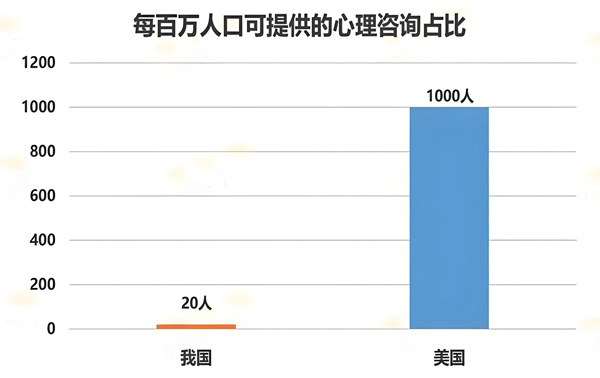


What are exosomes?
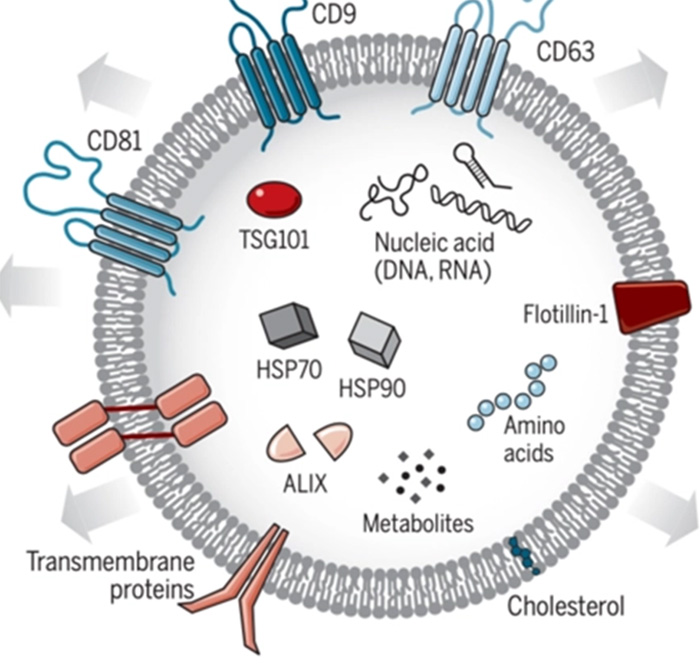
Mechanism of exosomes passing through the blood-brain barrier
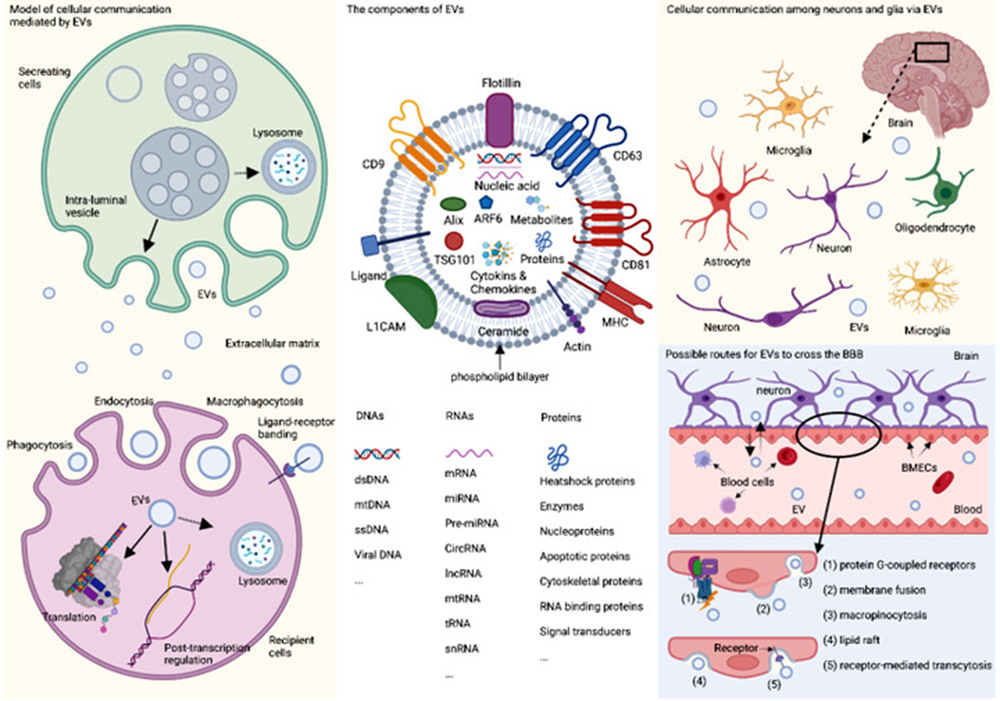
Principles and therapeutic effects of exosomes in treating brain diseases
Characteristics and advantages of exosome nasal spray for the treatment of depression
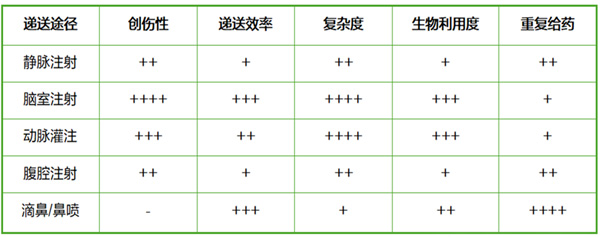
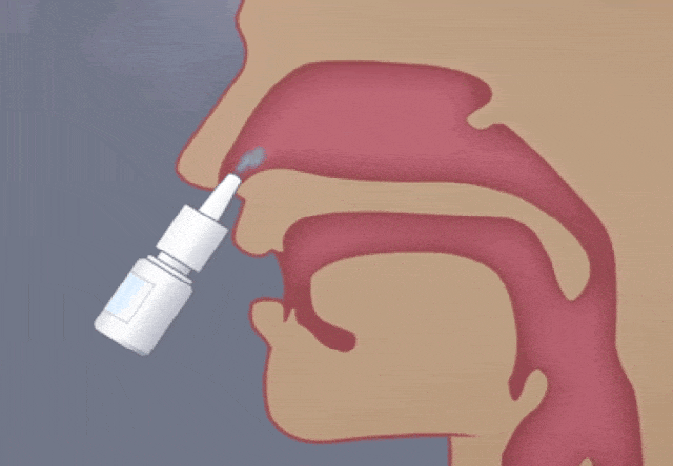
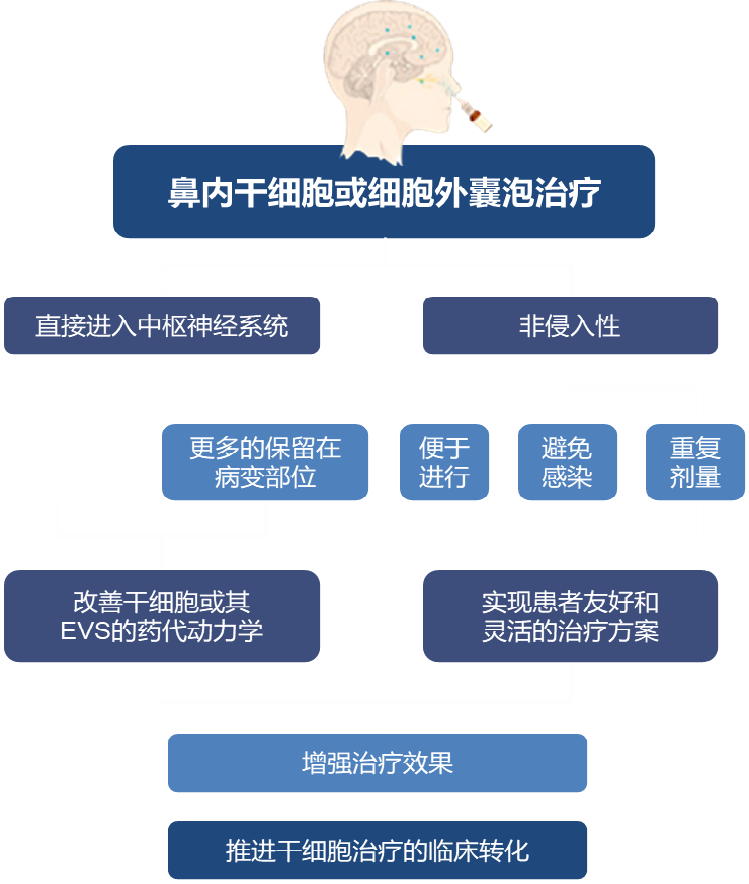
Professor Cheng Yong, team leader
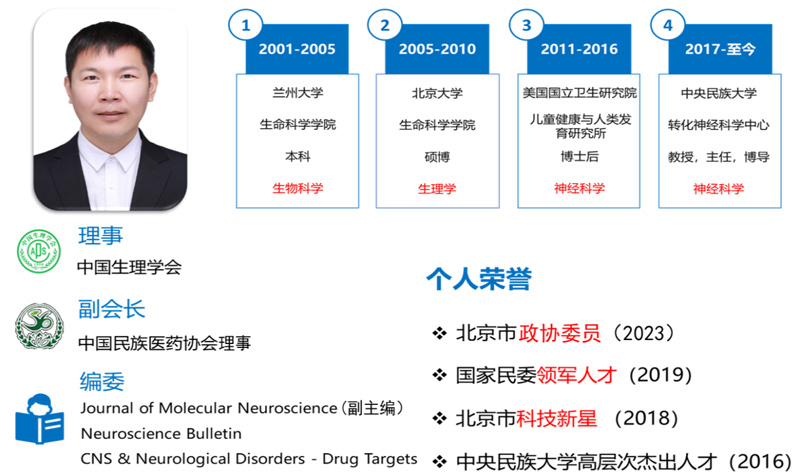
Patent for the application of cytokines in the treatment of schizophrenia
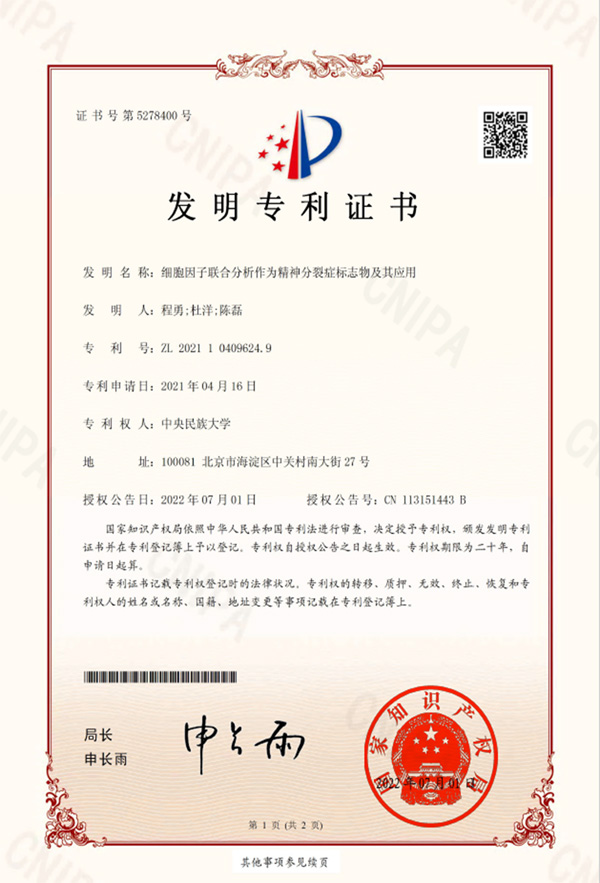
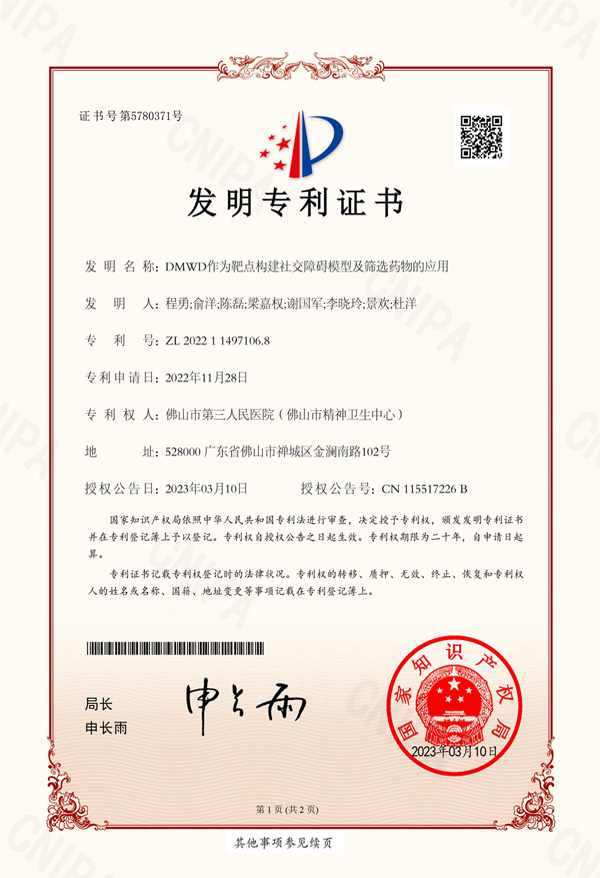
Indications and contraindications of exosome nasal spray for the treatment of mental illness
Indications
Contraindications
None
Treatment plan
A course of treatment is 15 days, 3 times a day, with one day off; lie flat and spray the nose, 3 times each time, lie still for 10 minutes, and wait for the exosomes to be absorbed.







